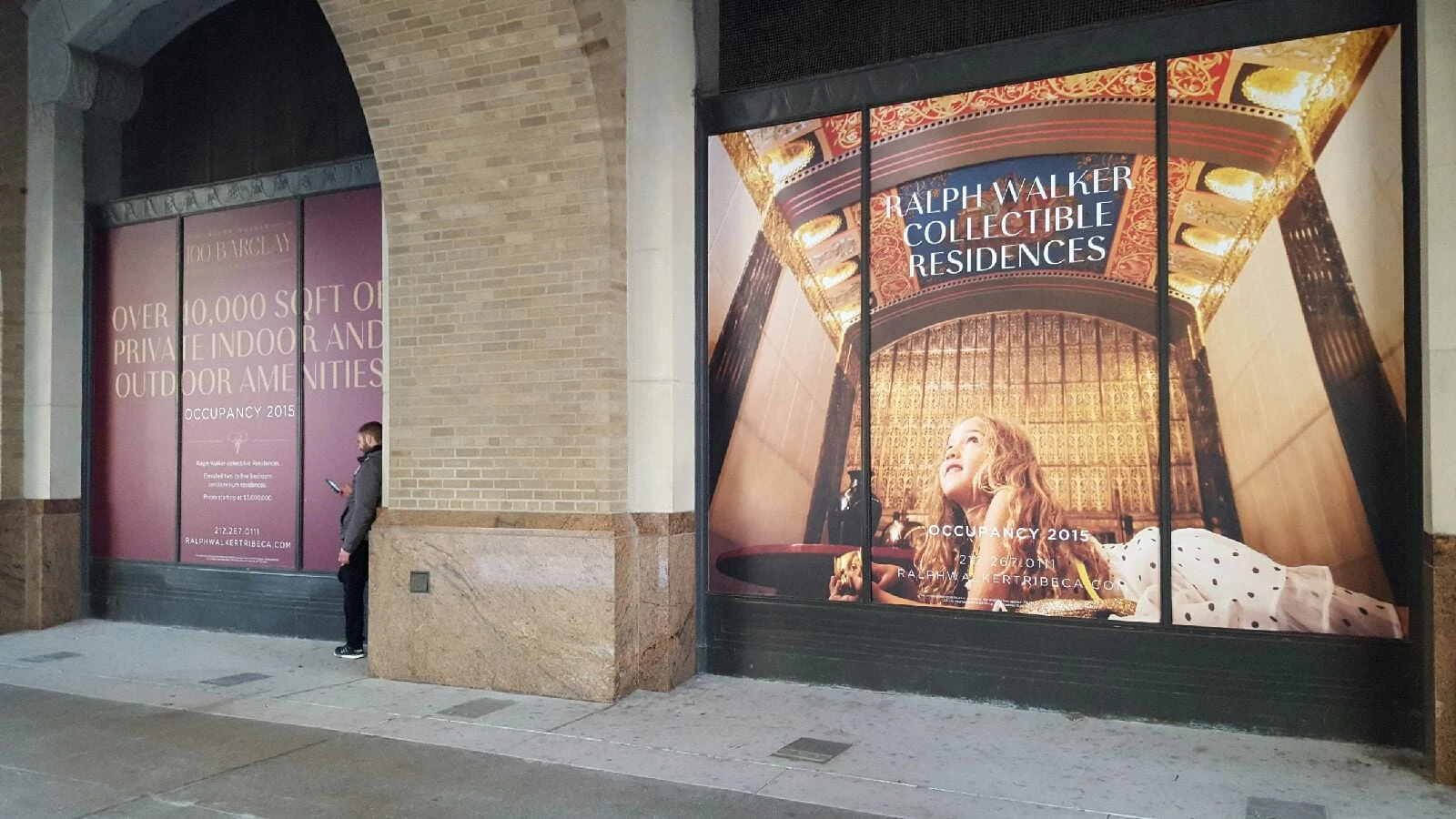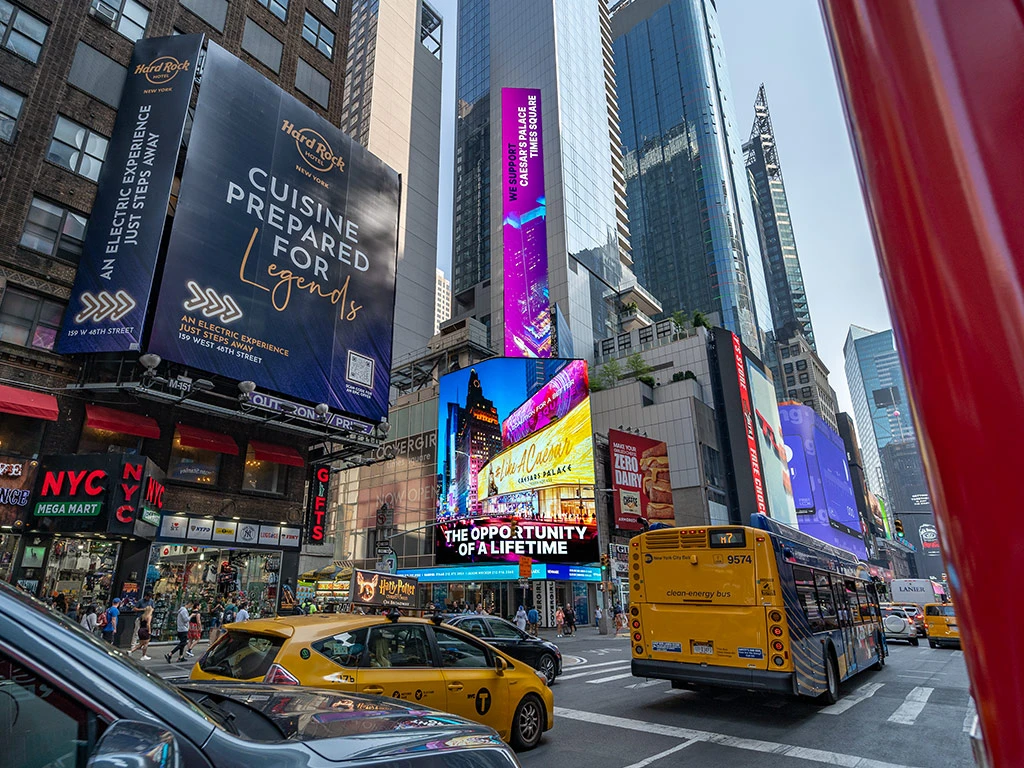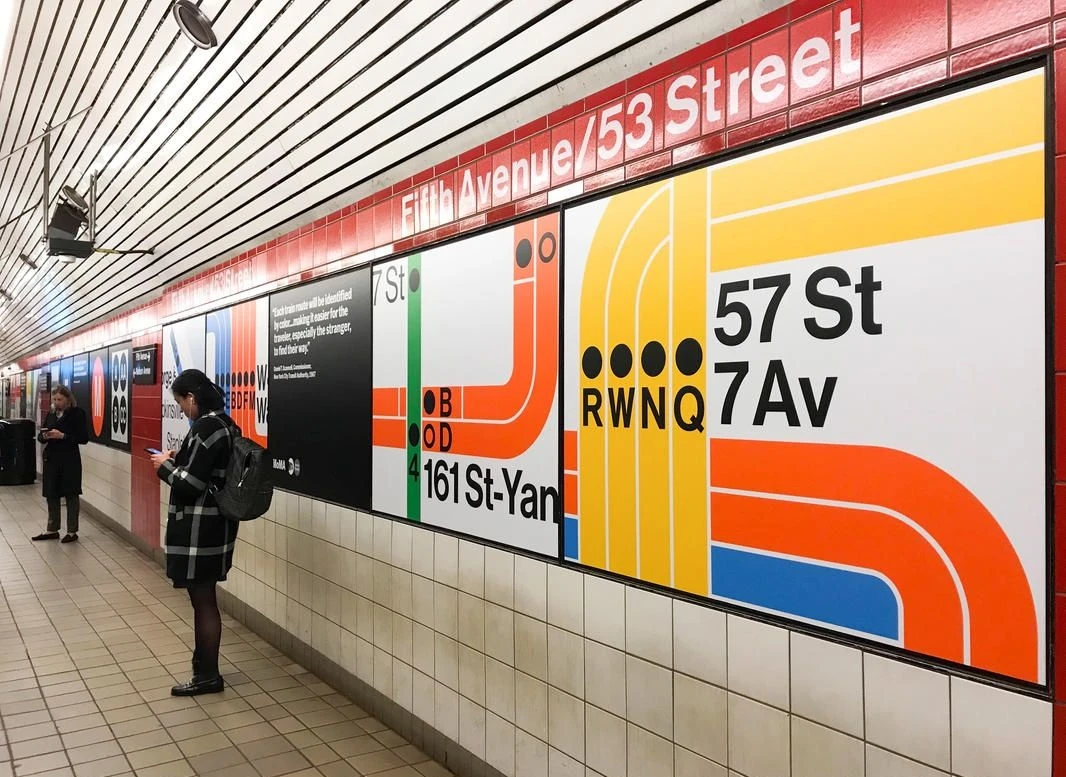How NYC Signage Regulations Are Changing in 2026 — What Every Property Manager Must Know
The Shifting Ground Beneath Every Storefront
In New York City, even a simple sign has become a legal and strategic decision. What used to be a matter of design and visibility now sits at the intersection of law, energy policy, and technology. The upcoming 2026 visibility and energy regulations will reshape how every sign installation company in New York and property manager approaches compliance, budgeting, and branding.
Since 2024, a series of legislative updates—beginning with the “City of Yes for Economic Opportunity” zoning reform—has introduced new flexibility for commercial tenants but tightened controls over signage illumination, placement, and safety. Combined with aggressive Department of Buildings (DOB) enforcement, these changes have turned signage from a creative accessory into a regulated building component.
As one commercial property consultant described it, “signs have become mini construction projects.” They now involve engineers, code specialists, and even sustainability experts. For property owners, this means every exterior or illuminated sign is now a capital investment subject to inspection, renewal, and energy audit.

Market Landscape: Compliance Becomes a Competitive Advantage
New York’s commercial signage industry, valued at roughly $2.5 billion, is entering a structural transformation. Between 2022 and 2025, DOB violations for illegal or unsafe signs rose by an estimated 40%, and average fines per case climbed from $5,000 to as high as $25,000 for repeat offenses.
Under current zoning, non-illuminated signs under six square feet remain permit-exempt, but anything larger or lighted requires full DOB approval and annual renewal. These renewals have become a lucrative niche for service providers who specialize in managing compliance on behalf of landlords.
Meanwhile, outdoor signage companies are reporting a shift in demand. Retail chains and real-estate developers increasingly seek long-term contracts that cover design, installation, and annual maintenance under one provider. This model benefits both sides: property owners ensure continuous compliance, while sign installation companies gain predictable recurring revenue.
The shift mirrors broader U.S. trends. The digital signage market, worth around $8.5 billion in 2025, is projected to grow at 7% CAGR through 2030. Demand is especially strong for systems integrating LED efficiency controls, brightness sensors, and cloud-based monitoring — technology that aligns with both DOB oversight and new energy mandates.
The Business Mechanics Behind the Transition
For most companies, the new bottleneck is not production—it’s paperwork. Every illuminated or projecting sign must go through DOB NOW filings, inspections, and license renewals. Signage professionals estimate that administrative overhead now consumes up to 30% of total project time.
To adapt, many signage companies in the USA are expanding into “compliance-as-a-service,” offering digital permit tracking, annual inspection reminders, and remote monitoring of lighting systems. These innovations are reshaping how the industry defines value.
The 2026 visibility rule—requiring that security grilles allow at least 70% transparency—will have ripple effects across lighting design, materials sourcing, and façade aesthetics. Aluminum and steel fabricators expect an uptick in mesh-based grille demand, while real estate sign installation companies must coordinate with lighting engineers to ensure storefront visibility without violating glare restrictions.
Margins remain thin: fabrication profits hover below 5%, pushing firms toward service-heavy models. Those that master project coordination—especially across multiple states like New York, Chicago, and Austin—are evolving into de facto infrastructure contractors for urban branding.
Industry Insights: A New Era of Strategic Partnerships
For property managers and developers, the new rules demand multi-disciplinary coordination. Large landlords are increasingly contracting a single national sign installation company to manage all their regional portfolios. These companies integrate zoning expertise, electrical work, and brand consistency across markets.
Architects and branding consultants report that signage timelines are now aligned with building MEP (mechanical, electrical, plumbing) schedules rather than marketing calendars. “You can’t just hang a sign anymore,” one project manager said. “You have to treat it like installing a regulated lighting system.”
Meanwhile, small and mid-sized fabricators face consolidation pressure. Many are being absorbed by larger firms that can afford compliance departments and legal counsel. In an environment where each city—from Austin to Chicago—has distinct codes, the ability to navigate multi-jurisdictional permits has become a decisive competitive advantage.

Global Context: Comparing New York with Global Norms
Internationally, New York’s system remains one of the most fragmented yet closely monitored. In London, signage regulation falls under a national Advertisement Consent system with predictable thresholds. In Berlin, enforcement is minimal unless the sign affects historical façades. In contrast, New York applies granular, district-level zoning overlays, energy code compliance, and even environmental impact assessments for illuminated signs.
This fragmented system, while complex, also drives innovation. American sign manufacturers lead in adaptive lighting technology, modular components, and energy-efficient materials precisely because local compliance forces them to innovate faster than European peers.
The Strategic Outlook: What Comes Next
1. Digital Governance of Compliance
By 2027, both the Department of Buildings and the Department of Housing Preservation are expected to integrate digital signage systems for mandatory postings and compliance renewals. The move toward a unified online framework will reduce administrative burden but demand new technical literacy from installers.
2. Sustainability and Electrification
The upcoming All-Electric Buildings Act (2026) and NYS Energy Code (2025) will tighten controls over illuminated sign power consumption, requiring advanced lighting sensors, energy audits, and auto-dimming systems.
3. Market Consolidation and Data-Driven Oversight
Expect mergers between sign suppliers near me, engineering consultancies, and indoor signage companies that can provide full lifecycle services—from fabrication to data reporting. The signage industry is moving closer to a regulated utilities model, where uptime, efficiency, and safety are the core metrics.

For decision-makers, New York’s signage transformation offers a broader lesson: compliance is strategy. The businesses that thrive will not treat signs as static marketing assets, but as living systems—regulated, monitored, and measurable.
For property executives, signage is no longer a simple branding decision—it is a regulated, maintenance-driven building system. The role of a signage company business profile shifts from vendor to partner, handling not just fabrication but permitting, compliance and performance. Easy Way Install embodies this model: a national presence, full-service offering, and an emphasis on managing complexity so clients focus on occupancy and branding, not fines and delays. The message for decision-makers is clear: the sign matters as much for its compliance as its visual impact.
